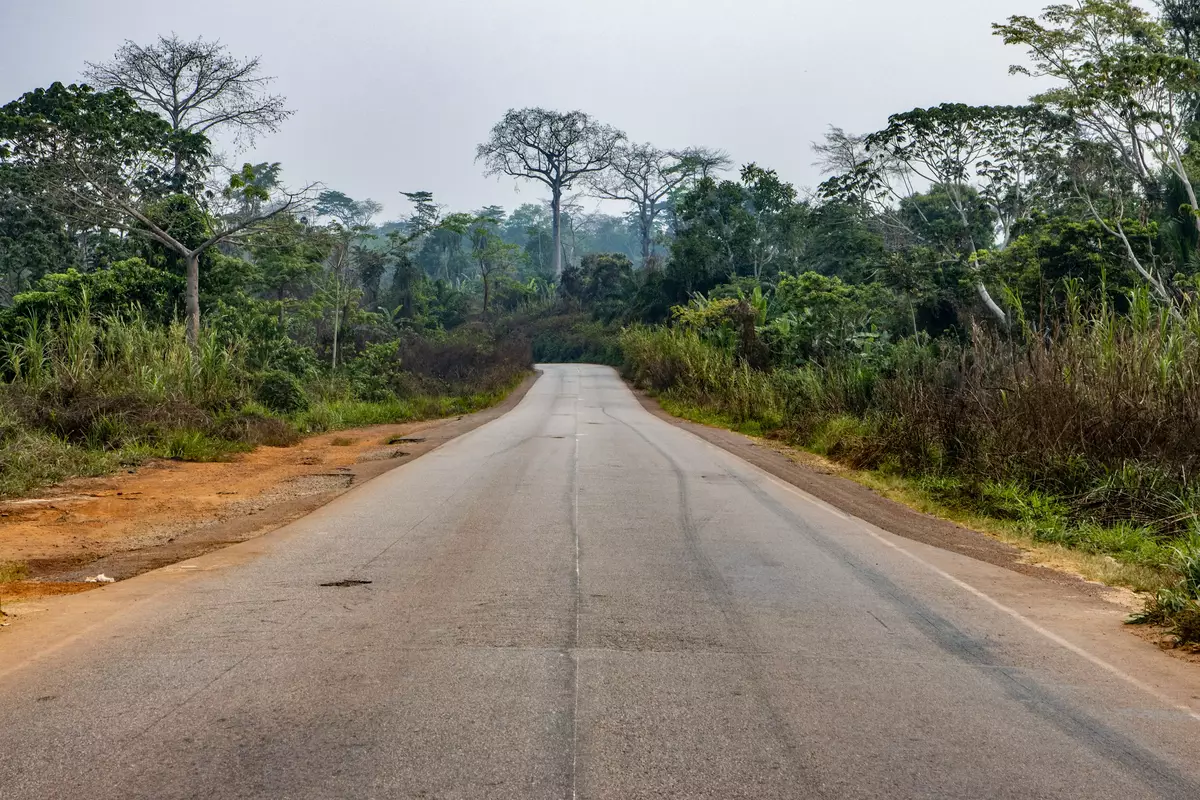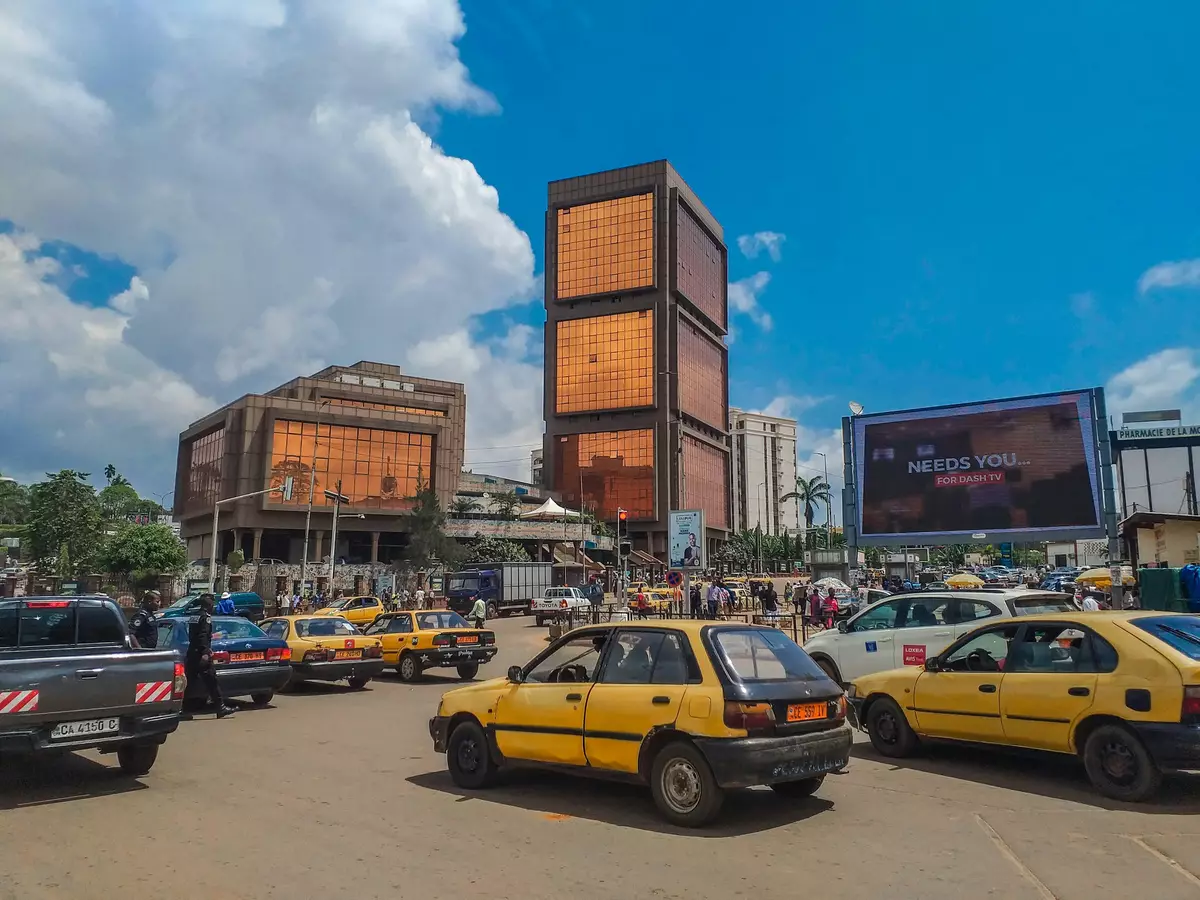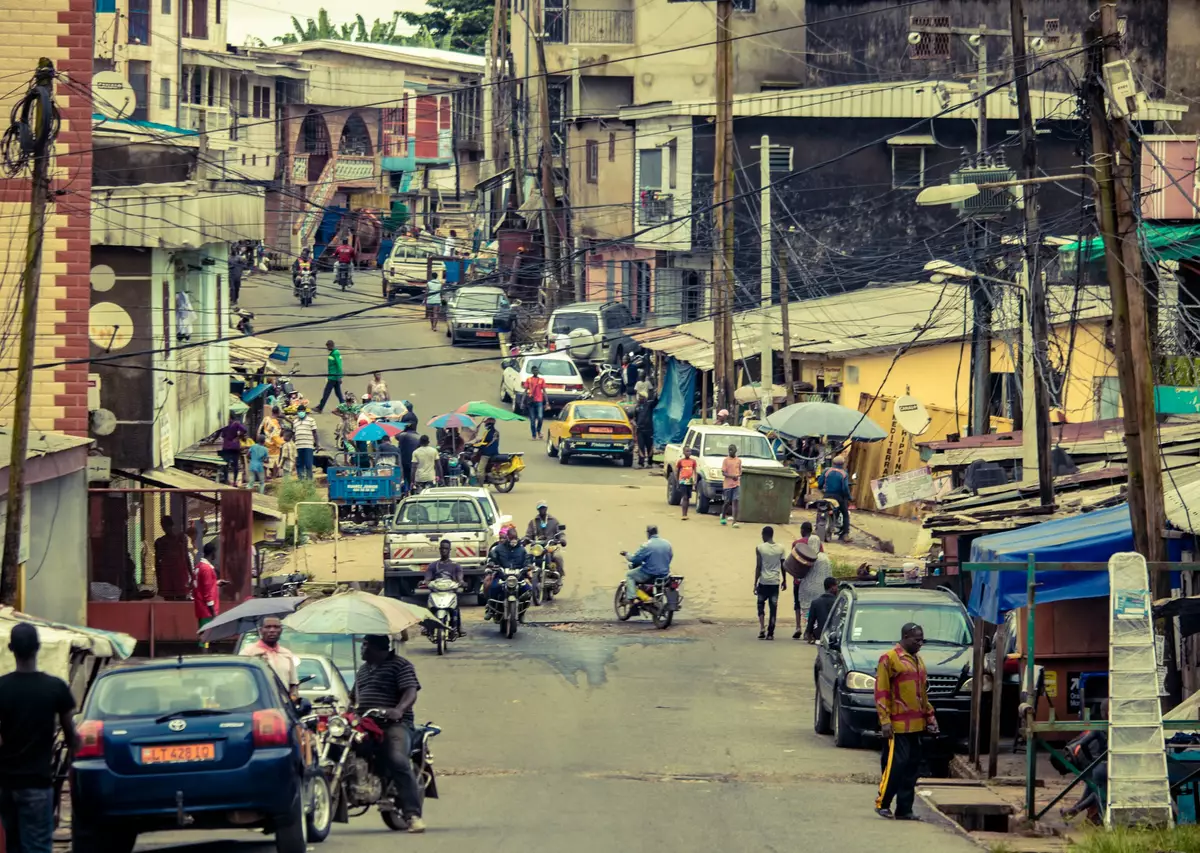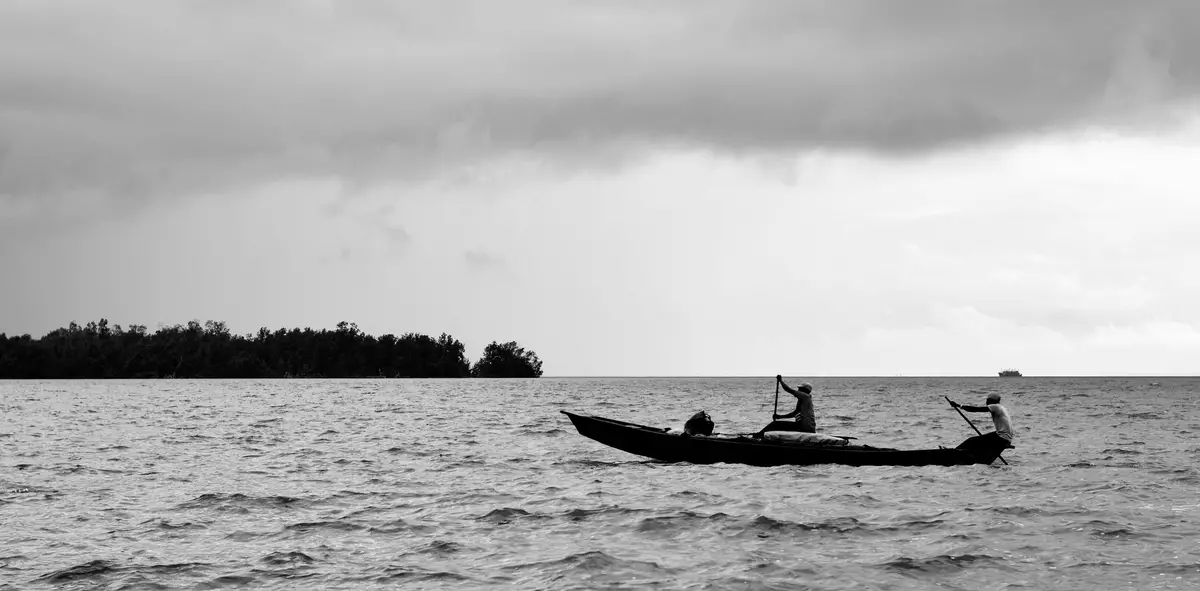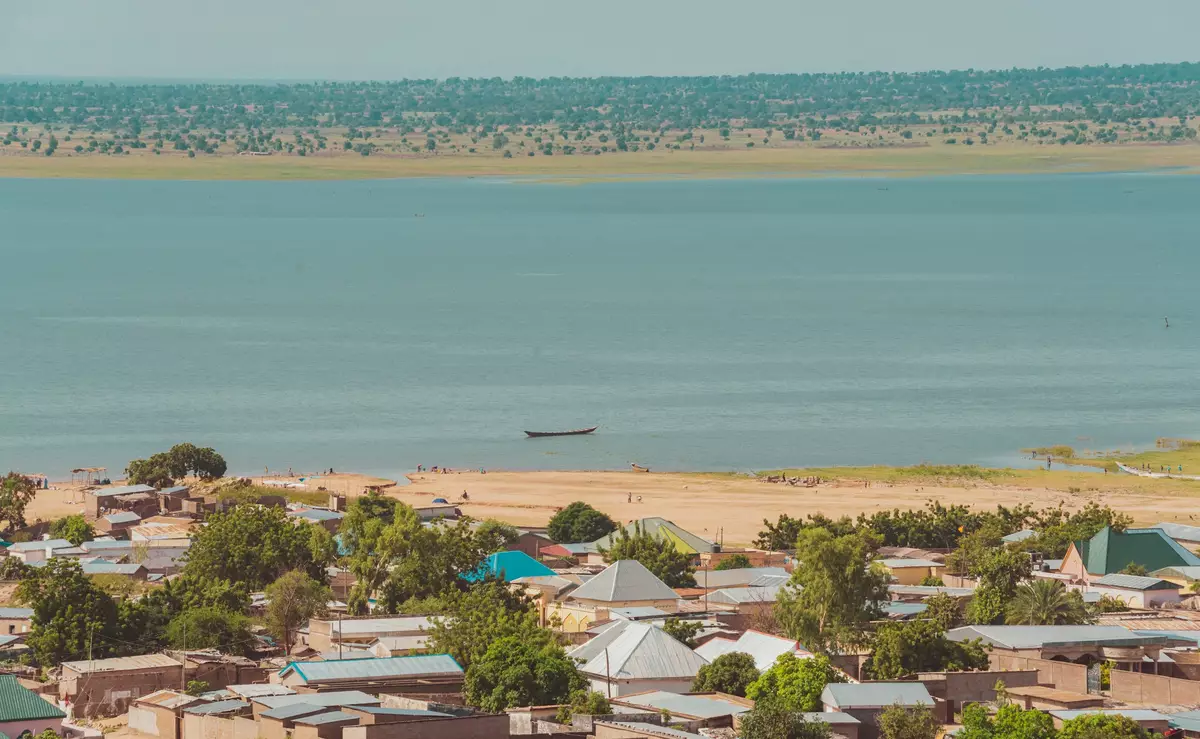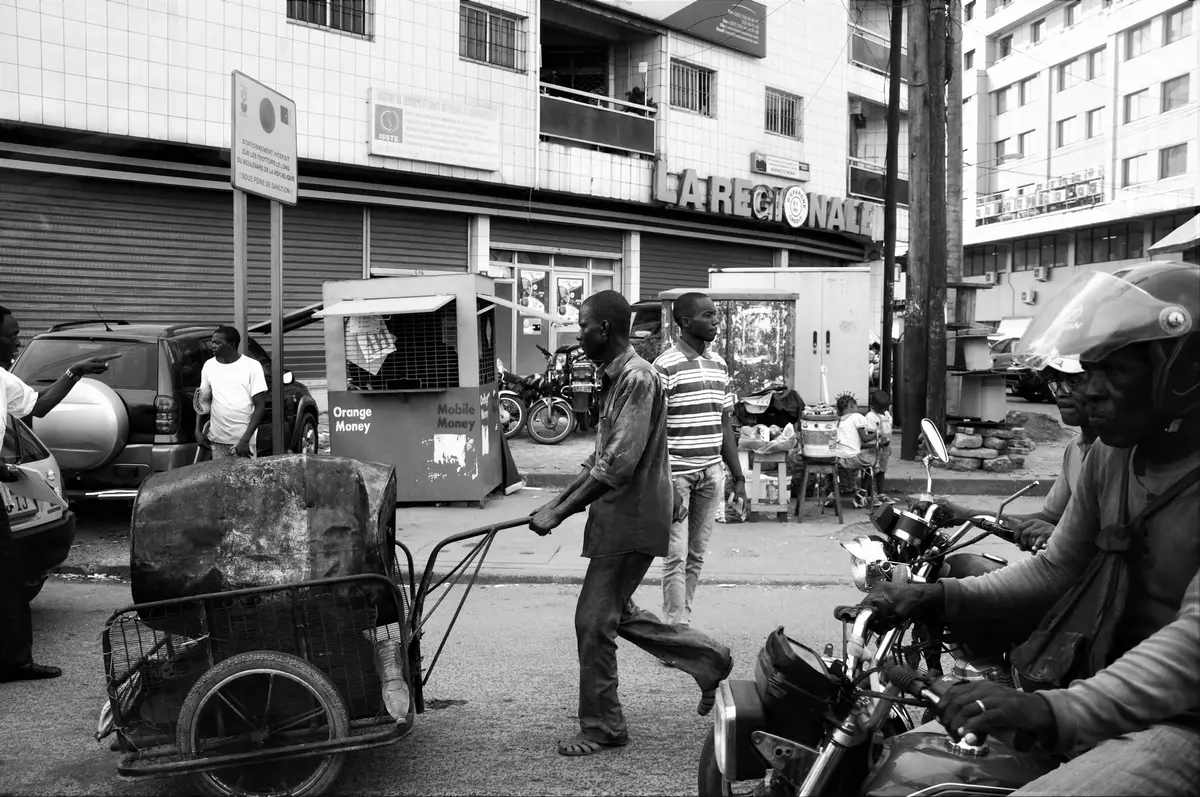This rich country challenges fearless travelers from all over the world. Cameroon is a land of picturesque landscapes and great contrasts; from the sea and sandy desert, waterfalls and dunes of the Sahara, emerald fields and dry rocky mountains, to modern buildings and poor inaccessible villages.
Cameron covers about 475 thousand square kilometers of central Africa. It borders Nigeria to the northwest, Chad and the Central African Republic to the east, and Congo, Gabon and Equatorial Guinea to the south. To the southwest, however, it exits to the Gulf of Guinea, which is part of the Atlantic Ocean.
Home to ancient tribes, such as Muslim shepherds and tropical forest peoples, Cameroon has the most diverse culture on the African continent. Due to its geological and cultural diversity, Cameroon is also called "Africa in miniature". Its wildlife attracts many visitors and safari is the number one attraction. You can also relax on the beach with fantastic seafood.
Cameroonian cuisine is a blend of local flavors and colonial conquests. Omelets and French bread, fish and seafood, rice and local vegetables and fruits are eaten here, and a range of excellent foreign and local beers are drunk.
The largest percentage of the population lives in Douala on the coast of the Gulf of Guinea - also the largest city in Cameroon and its main port. The second most populous city - Yaounde - is the capital of the country, and is located in the interior of the country, between the rivers Nyong and Sang.
Here, you can learn all about the rich history and culture of this country. In Yaounde, you can visit the National Museum and the Benedictine Museum of Mont Phoebe, the Cathedral of Notre Dame des Victoires, but also the first missionary church of Cameroon - the Basilica of Marie-Raine des Apotres. There is also a zoo and the Limbe Botanical Gardens.
Visit the Dja Faunal Reserve, which covers 5,260 square kilometers around the river of the same name. This reserve contains one of the best preserved rainforests in the world, which is also under the protection of UNESCO, and as much as 90 percent of the reserve is untouched nature.
Don’t miss the Lake Oku in central Cameroon, which is located in the crater of a volcano at 2219 meters above sea level. It is surrounded by rainforests, and is home to rare bird species as well as an endemic species of frog.
The warmest months are from March to May, when temperatures can reach up to 40 ° C. The south of the country has a humid, equatorial climate, with rain all year round. The driest period in Cameroon is from November to February and these are the best months to visit.
Cameroon simply gives the impression that you are visiting several countries at the same time.
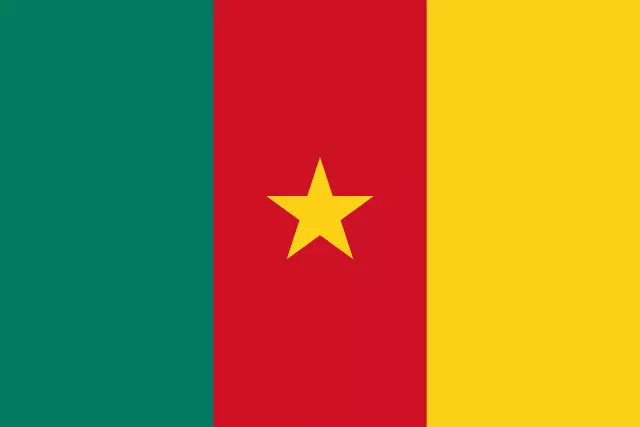
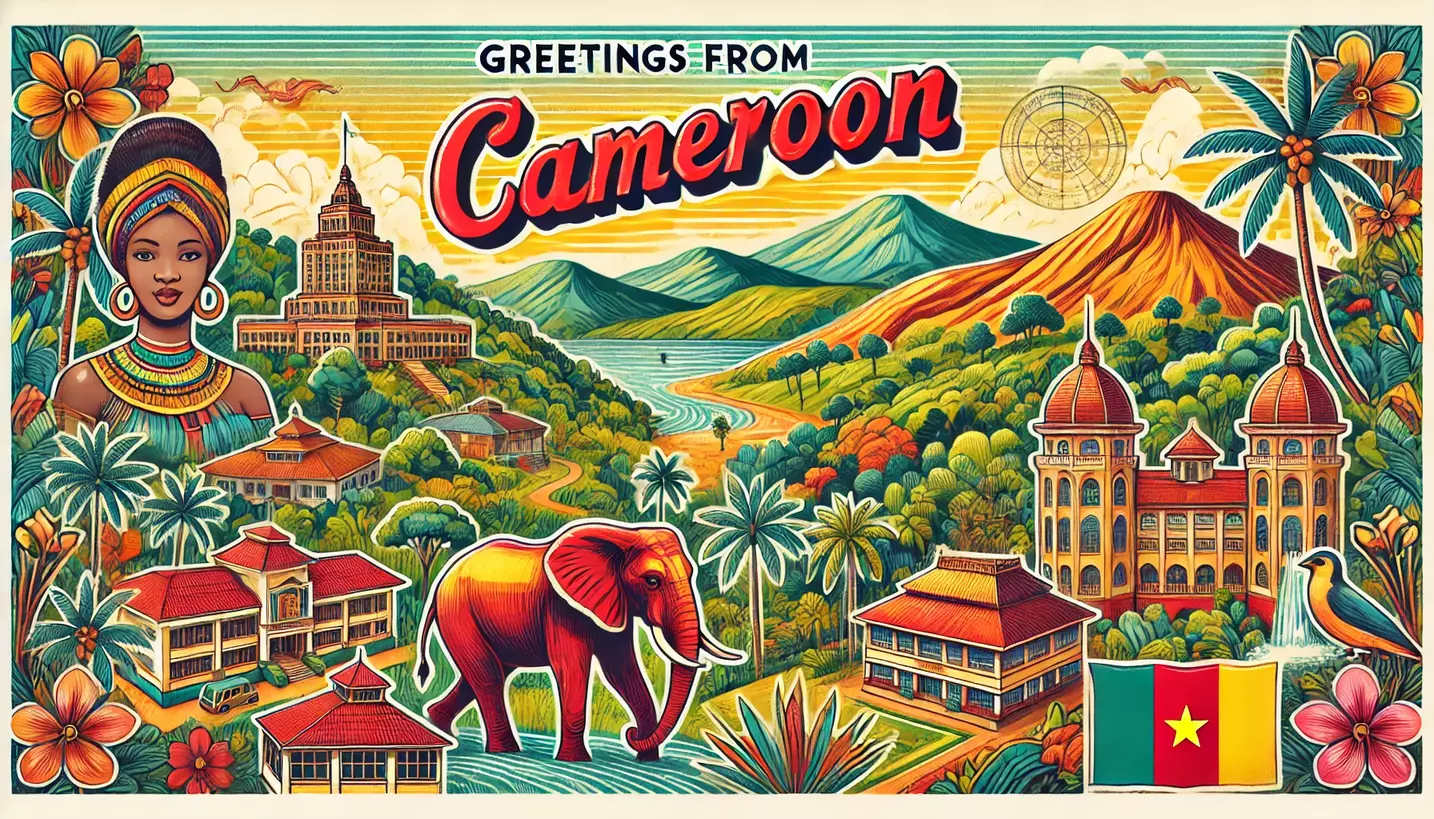 * AI generated postcard, mistakes are possible
* AI generated postcard, mistakes are possible
